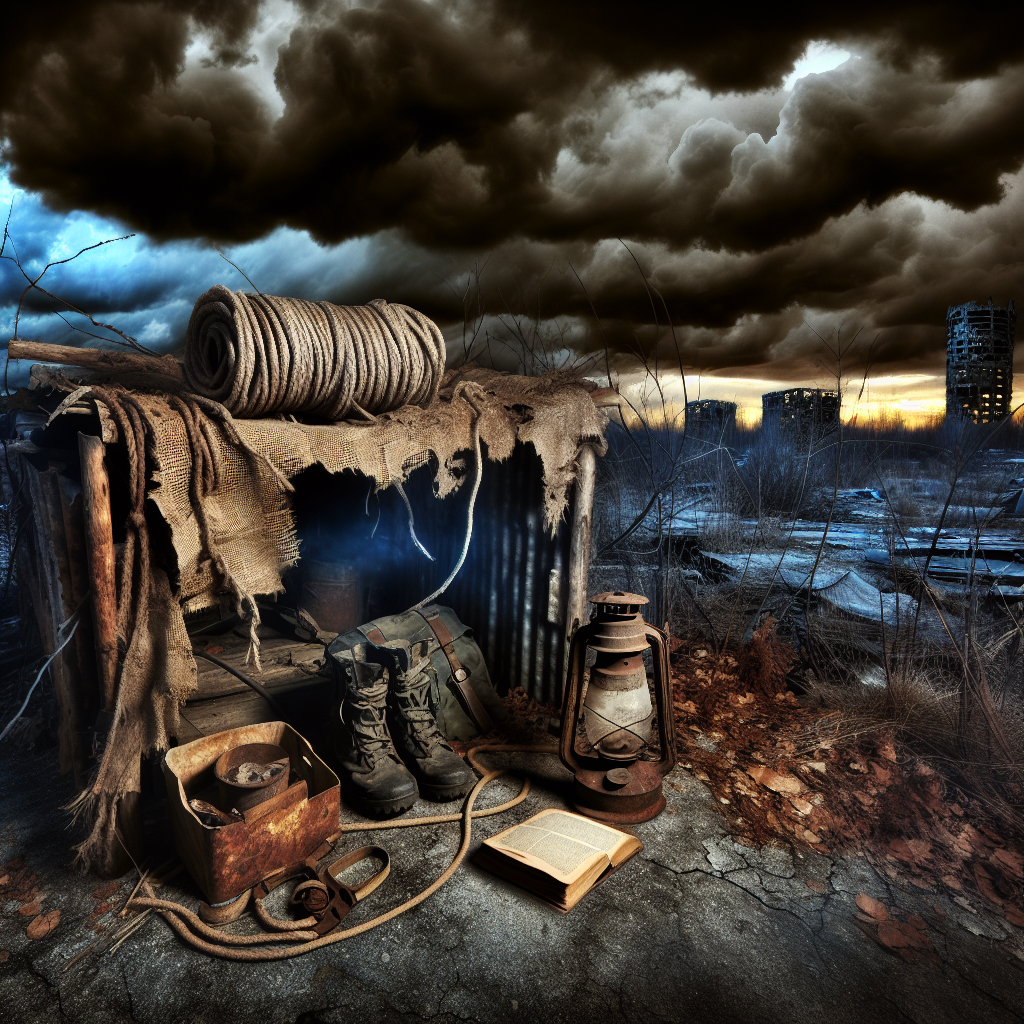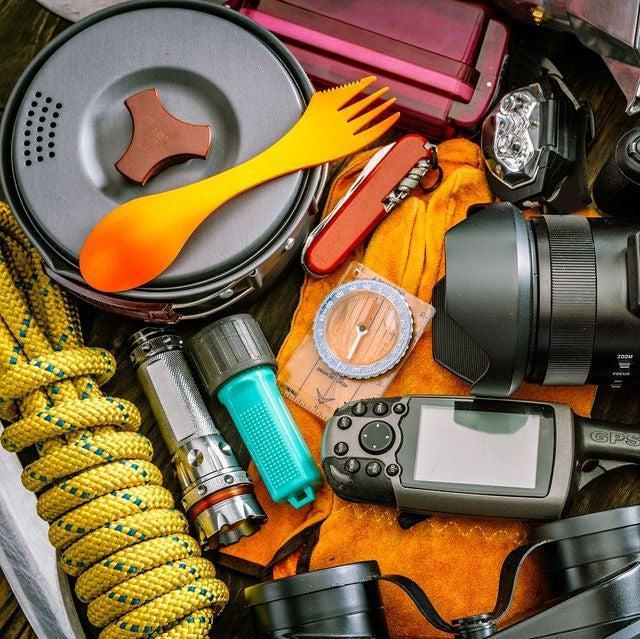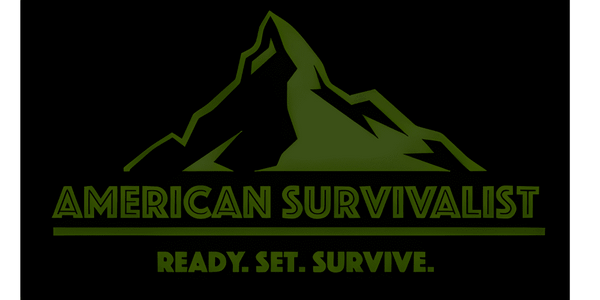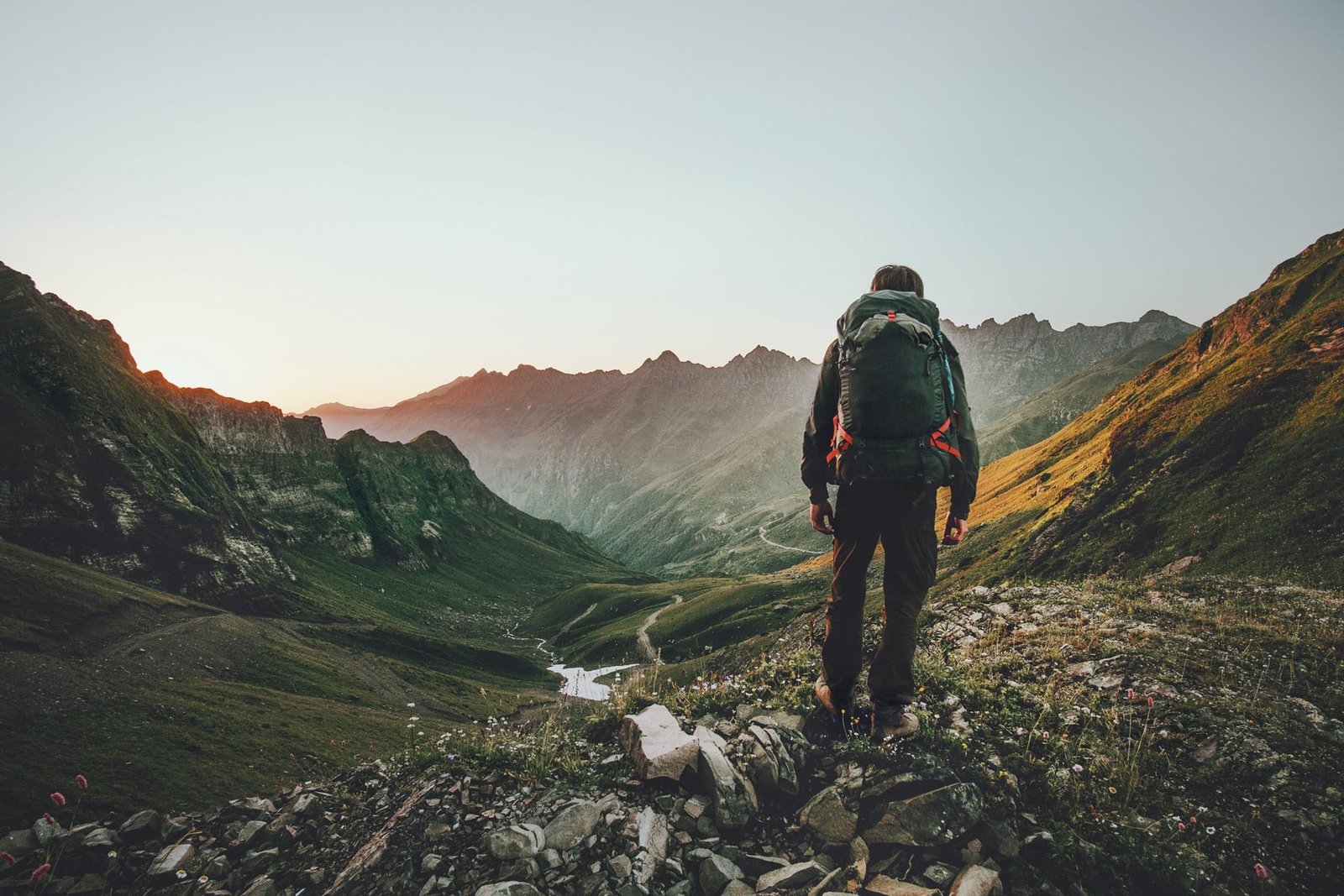
Surviving the Second Wave: What Happens After the First Panic Fades
Share
The term “second wave” transcends mere medical jargon—it embodies the emotional, economic, and psychological wreckage left in the wake of the initial storm. Post-COVID-19 revealed this stark reality. The panic buying waned, yet the damage lingered. Businesses shuttered for good. Families splintered under stress. In places like coastal Louisiana, where hurricane season collides with pandemic recovery, the second wave isn’t hypothetical—it’s a lived reality. Those who managed to hold it together during the chaos often found the weeks that followed to be even more taxing.
Research indicates that 60% of individuals suffer from delayed stress symptoms two to three months after a major crisis. Mental health services experienced a 30-40% surge in demand in this very timeframe. The immediate terror may fade, but the aftershocks persist—unseen, yet ever present. If you neglect your mental state now, it will haunt you later. Don’t wait for the panic to return; act before it’s too late.
The Hidden Toll of Survival
When the sirens finally fade, an oppressive silence often takes their place, revealing a new form of anxiety—not in the heat of chaos, but in the haunting stillness that ensues. I’ve witnessed combat veterans and seasoned preppers crumble months after surviving intense situations—not from weakness, but because the mind often takes longer to heal than the body. You must confront this head-on.
To combat anxiety in this aftermath, you must find movement, connection, and purpose. Don’t wait for a return to “normal”—that life has evaporated. What lies ahead is what you make of it. Whether you're holed up in a remote Alaskan village after a power-grid failure or rebuilding after a wildfire in the Sierra foothills, the principles remain the same. Take action now, or risk being swallowed by the void.

Economic Collapse Is a Slow Burn
The economy doesn’t crumble in an instant—it bleeds out slowly, painfully. After the first COVID wave, consumer spending plummeted by 20-30% within mere months. Some industries struggled to regain footing, while others flatlined. Supply chains buckled under strain, and families drained their reserves just to keep their homes lit. In the Southwest, where prolonged drought cripples agriculture and raises utility costs, this slow bleed is felt in every empty water barrel and overdue bill. If you’re not prepared, you’ll be left in the dark.
This grim reality is why savvy survivalists don’t merely stockpile—they strategize. It’s not about hiding cash beneath a mattress; it’s about diversifying risk. Build multiple income streams, master barter skills, and invest in tangible assets—things you can eat, trade, or repair with your own hands. You can’t patch a roof with cryptocurrency, nor can you feed your children with a 401(k). If you want to survive, you must think like a warrior in a battlefield economy.
Resilience: Your Mental Armor
Survival isn’t just about physical endurance; it’s a mental battle. When crises stretch on, mental health becomes your most fragile asset. The CDC offers coping strategies, but out here in the trenches, it all boils down to one principle: resilience. It’s time to buck up and take control.
I’ve learned through experience that routine is a powerful weapon. Even amid chaos, having structure grants your mind something stable to cling to. Wake at the same hour. Follow the same checklist. Train. Eat. Sleep. Repeat. This rhythm is what holds the shadows of depression at bay. Whether you're snowbound in rural Montana after a blizzard knocks out power for a week or trapped in an urban New Jersey apartment during a grid-down event, routine keeps you grounded. Don’t let the darkness creep in; fight back with discipline.
Here are the tactics that help ground you when the world feels like it’s spiraling:
- Get moving—chop wood, patrol your perimeter, train with your gear. Motion disrupts the mental spiral. In the dense forests of the Appalachians, this could mean clearing trails or checking snares.
- Limit the noise—cut back on doom-scrolling and fear-driven media. Stay informed, but don’t allow yourself to be consumed.
- Document your thoughts—journaling tracks your mindset and reveals patterns before they spiral into chaos.
- Engage in productivity—plant a garden, reload ammunition, sharpen your tools. Productivity is empowering. In the Cascades, prepping for the next ice storm might mean insulating water lines or reinforcing your chimney.
- Connect—reach out to your circle. Isolation is a silent killer; connection is your armor.
Community Is Survival
Here’s the hard truth: lone wolves don’t endure. The myth of the solo survivor may captivate audiences, but in reality, it’s community that carries you through the long nights. After the first wave, it became clear—neighborhoods that banded together weathered the storm far better than those who isolated themselves. In tornado-prone parts of the Midwest, barn-raising and shared tool sheds aren’t just traditions—they’re survival tactics. If you think you can go it alone, you’re setting yourself up for failure.
Whether it’s trading eggs for fuel, exchanging intel on local resources, or simply having someone to watch your back—your tribe is invaluable. Cultivate these connections before you need them. Know who stands with you, and be someone worth counting on. The time to forge bonds is now, before the next crisis strikes.

Conclusion: Prepare in the Calm
If you think the worst is behind you, reconsider. Pandemics, blackouts, economic downturns—whatever looms next, it’s not a question of if, but when. In places like northern Arizona, where wildfires can erupt with little warning and cut off entire communities, being ready isn’t a luxury—it’s survival. The time between waves is your golden window for preparation. Seize it. If you’re caught unprepared next time, it could cost you everything.
Let’s be clear—loneliness can be lethal. After enduring months of isolation and fear, many are left nursing invisible wounds. Emotional recovery isn’t a sign of weakness; it’s a necessity. If your mind falters, your body will inevitably follow. Don’t face this battle alone.
Start with the basics. Reconnect with those who matter most. Establish rituals of normalcy—family dinners, weekend range days, morning communication checks. These aren’t mere niceties; they are essential lifelines. In rural East Texas, where the grid can be unreliable and neighbors are miles apart, these rituals can be the glue that holds communities together. If you neglect these ties, you risk losing your grip.


